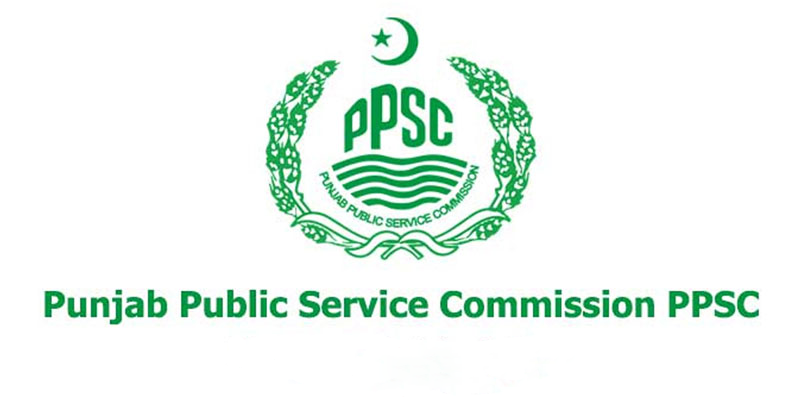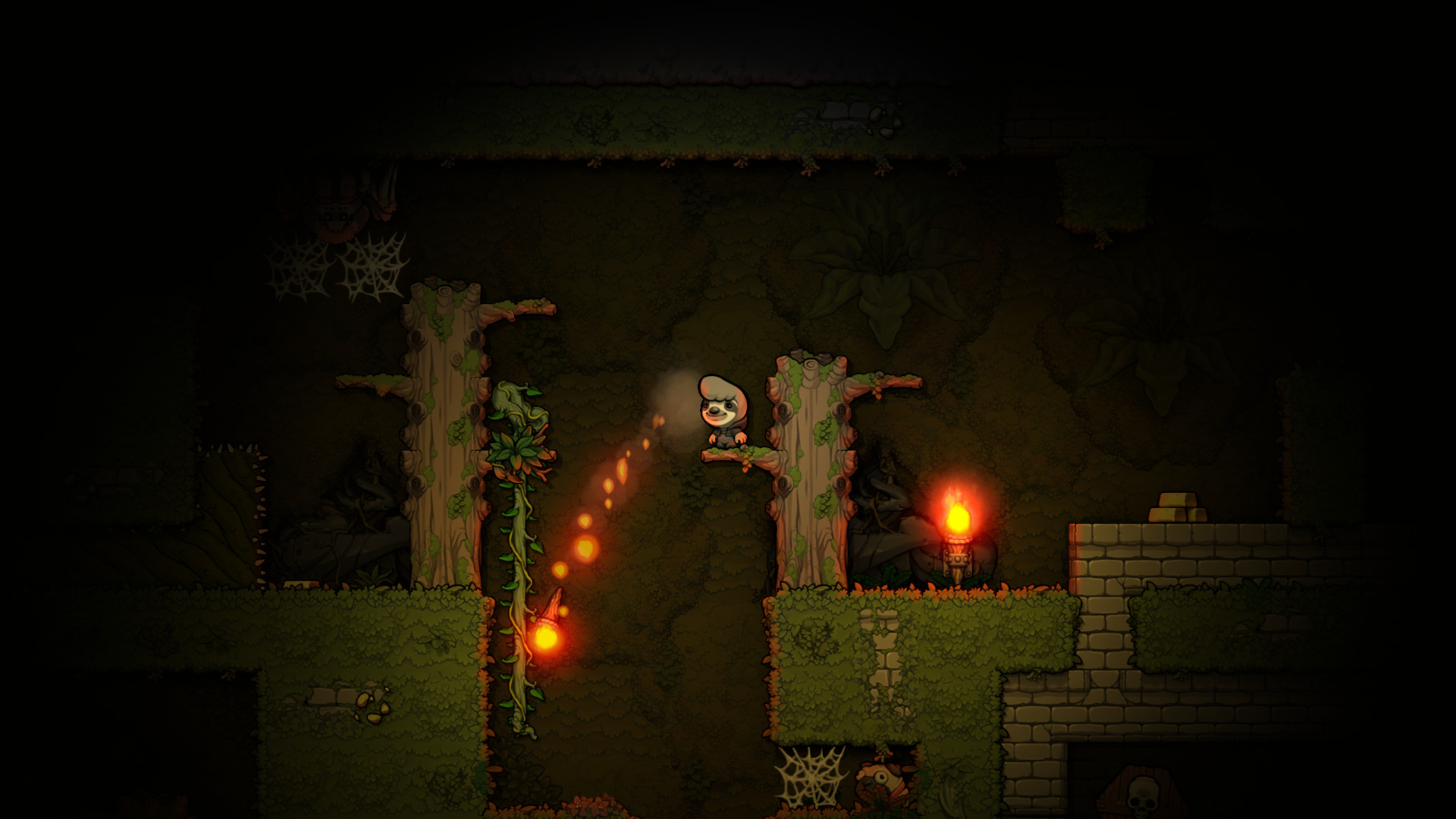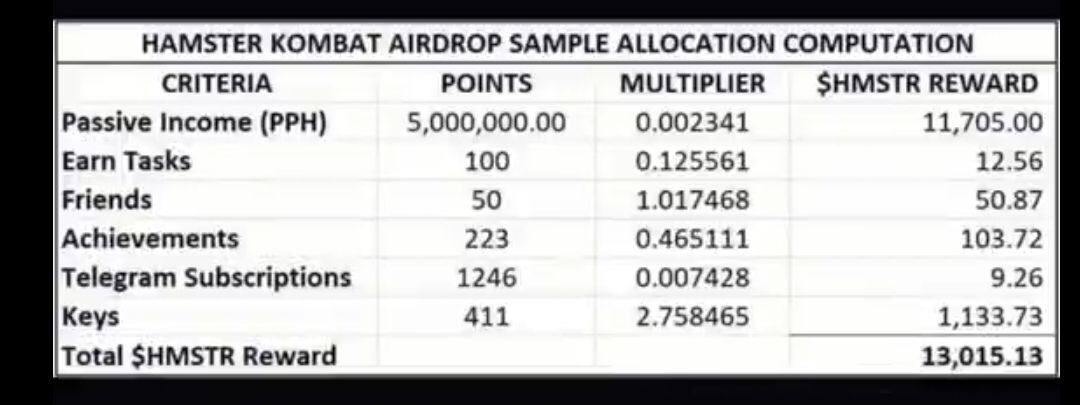
How to write a research paper? Writing a research paper involves several steps that help you to produce a well-structured and well-argued paper.
Here’s a step-by-step guide on how to write a research paper:
I. Choose a Topic
- Brainstorm ideas and select a topic that interests you and is relevant to your field of study
- Conduct preliminary research to ensure the topic is feasible and has enough resources
- Narrow down the topic to a specific research question or hypothesis
- Consider the scope and limitations of the topic
II. Conduct Research
Gather credible sources from academic journals, books, and reputable websites
Use search engines, databases, and library catalogs to find relevant sources
Take notes and organize the information using a citation management tool (e.g., EndNote, Zotero)
Evaluate sources for credibility, reliability, and relevance
Consider the methodology, sample size, and data analysis techniques used in the sources
III. Develop a Thesis Statement
- Based on your research, create a clear and concise thesis statement that summarizes your argument
- A good thesis statement should be specific, arguable, and relevant to the topic
- Avoid vague or broad statements
- Consider the implications and significance of your thesis statement
IV. Create an Outline
Develop an outline to organize your ideas and structure your paper
Divide the paper into introduction, literature review, methodology, results, discussion, and conclusion
Use headings and subheadings to break up the paper into sections
Consider the logical flow of ideas and the transition between sections
V. Write the Introduction
- Introduce the topic and provide background information
- Clearly state the research question and thesis statement
- Provide an overview of the paper’s structure and content
- Consider the significance and relevance of the topic
- Avoid using overly technical language or jargon
VI. Write the Literature Review
Summarize and synthesize the existing research on the topic
Identify gaps and limitations in the current research
Use transition words and phrases to connect ideas and paragraphs
Consider the theoretical frameworks and conceptual models used in the literature
Avoid simply listing sources without analyzing or synthesizing the information
VII. Write the Methodology
- Describe the research design, methods, and procedures used to collect and analyze data
- Explain the sampling strategy, data collection methods, and data analysis techniques
- Discuss the limitations and potential biases of the methodology
- Consider the ethical considerations and potential risks associated with the methodology
VIII. Write the Results
Present the findings of your study, using tables, figures, and text
Use clear and concise language to describe the results
Avoid interpreting the results in this section
Consider the use of visual aids to present complex data
IX. Write the Discussion
- Interpret the results, relate them to the literature, and discuss the implications
- Use transition words and phrases to connect ideas and paragraphs
- Avoid introducing new information not discussed in the results section
- Consider the theoretical and practical implications of the findings
X. Write the Conclusion
Summarize the main findings and reiterate the thesis statement
Provide recommendations for future research
Avoid introducing new information not discussed in the paper
Consider the significance and relevance of the findings
XI. Edit and Proofread
- Review the paper for content, structure, and grammar
- Get feedback from peers and revise the paper accordingly
- Use grammar and spell check tools to identify errors
- Consider the clarity and concision of the writing
XII. Format and Cite
Format the paper according to the chosen citation style (e.g., APA, MLA, Chicago)
Ensure proper citation and referencing throughout the paper
Use a citation management tool to help with formatting and citing
Consider the consistency and accuracy of the formatting and citing.






